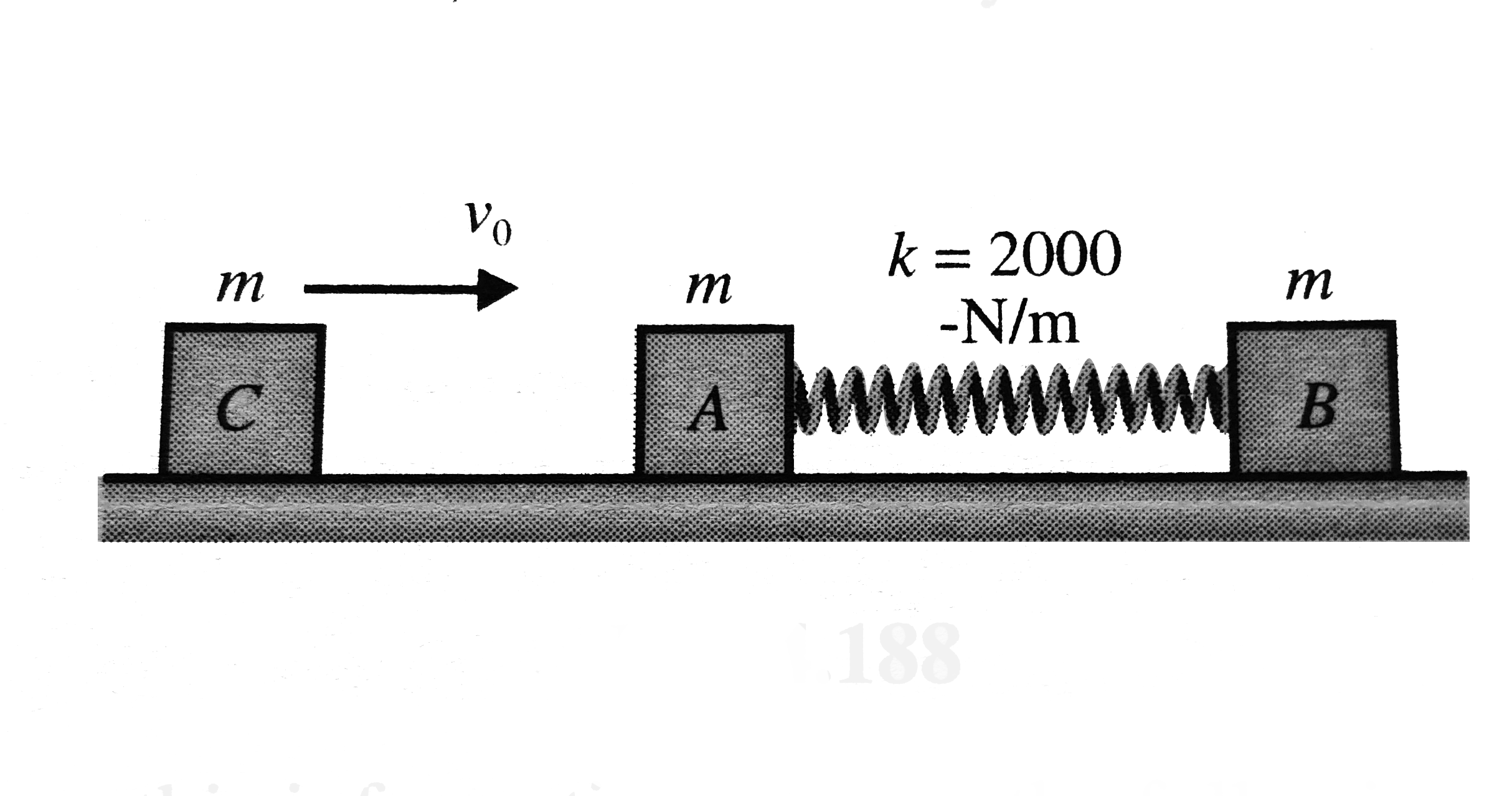What is the direction of micropyle in anatropous ovule?
Upward
Downward
Right
Left
The correct Answer is:B
To answer the question about the direction of the micropyle in an anatropous ovule, we can follow these steps:
1. Understanding Anatropous Ovule:
- An anatropous ovule is characterized by its complete inversion, meaning it has rotated 180 degrees from its original position.
2. Identifying the Micropyle:
- The micropyle is a small opening in the ovule that allows the pollen tube to enter for fertilization. In most ovules, the micropyle is typically located at the top.
3. Effect of Inversion:
- In the case of an anatropous ovule, due to the 180-degree rotation, the position of the micropyle changes. Instead of being at the top, it moves to the bottom of the ovule.
4. Location of Micropyle:
- In an anatropous ovule, the micropyle is positioned at the downward end, close to the hilum (the point of attachment of the ovule to the ovary).
5. Conclusion:
- Therefore, in an anatropous ovule, the direction of the micropyle is downward.
Final Answer:
The direction of the micropyle in an anatropous ovule is downward.
---
- An anatropous ovule is characterized by its complete inversion, meaning it has rotated 180 degrees from its original position.
- The micropyle is a small opening in the ovule that allows the pollen tube to enter for fertilization. In most ovules, the micropyle is typically located at the top.
- In the case of an anatropous ovule, due to the 180-degree rotation, the position of the micropyle changes. Instead of being at the top, it moves to the bottom of the ovule.
- In an anatropous ovule, the micropyle is positioned at the downward end, close to the hilum (the point of attachment of the ovule to the ovary).
- Therefore, in an anatropous ovule, the direction of the micropyle is downward.
The direction of the micropyle in an anatropous ovule is downward.
Similar Questions
State the function of micropyle.
View SolutionWhich of the following describes the position of micropyle and chalaza in an orthotropous ovule ?
View Solution
Two identical blocks A and B, each of mass m=3kg, are connected with the help of an ideal spring and placed on a smooth horizontal surface as shown in Fig. Another identical blocks C moving velocity v0=0.6ms collides with A and sticks to it, as a result, the motion of system takes place in some way
Based on this information answer the following questions:
Q. After the collision of C and A, the combined body and block B would
Option1
oscillate about centre of mass of system and centre of mass is at rest.
Option2
oscillate about centre of mass of system and centre of mass is moving.
Option3
oscillate but about different location other than the centre of mass.
Option4
not oscillate.
View Solution(a) Draw a labelled diagram of the sectional view of a typical anatropous ovule.
(b) Mention the fate of all the components of the embryo sac after fertilization
View SolutionOvules are classified on the basis of the position of micropyle with respect to funicle.
View SolutionMicropyle is found in
View SolutionWhat is the characteristic of amphitropous ovule
View Solution(a) Draw a diagrammatic sectional view of a mature anatropous ovule and label the following parts in it :
(i) that develops into seed coat.
(ii) that develops into an embryo after fertilization.
(iii) that develops into an endosperm in an albuminous seed.
(iv) through which the pollen tube gains entry into the embryo sac.
(v) that attaches the ovule to the placenta.
(b) Describe the characteristic features of wind pollinated flowers.
View Solution(a) Draw a diagrammatic sectional view of a mature anatropous ovule and label the following parts in it :
(i) that develops into seed coat.
(ii) that develops into an embryo after fertilization.
(iii) that develops into an endosperm in an albuminous seed.
(iv) through which the pollen tube gains entry into the embryo sac.
(v) that attaches the ovule to the placenta.
(b) Describe the characteristic features of wind pollinated flowers.
View SolutionDraw a neat and labelled diagram of a mature anatropous ovule before fertilisation.
View Solution
